Which Vessels Allow for Oxygen Movement Into the Tissues
Oxygen-rich blood is transported to tissues. Carbon dioxide diffuses from the cells into the tissue fluid then across the capillary walls into the blood plasma.
Oxygen-rich blood is transported to tissues.
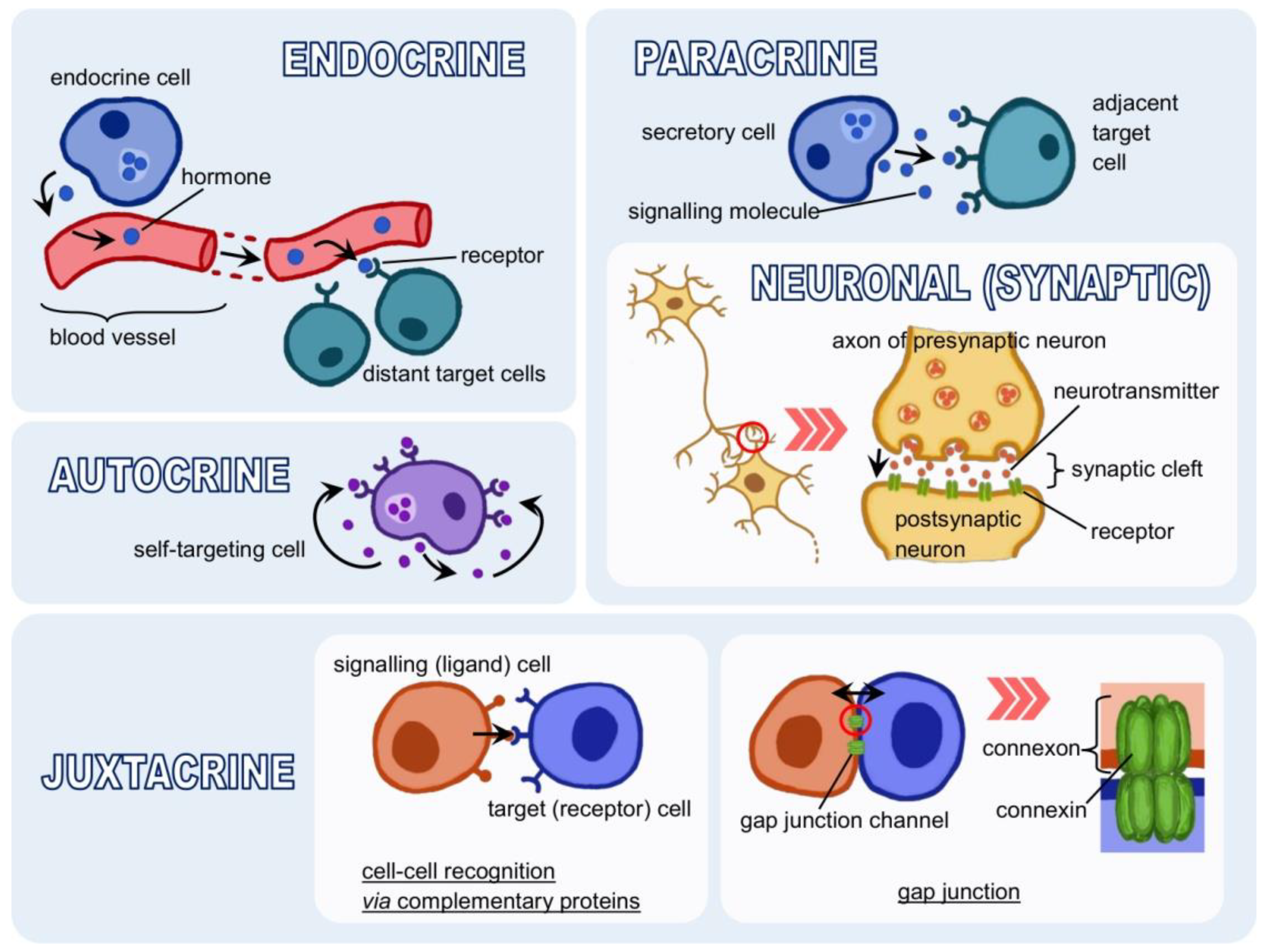
. Oxygen-rich blood is transported to tissues. Capillaries are tiny thin blood vessels that connect the arteries to the veins and carry oxygen and nutrients. A capillary leaks blood into the small venules which are then reabsorbed.
Consequently which is the pathway of oxygen from the lungs to body tissues. Which vessels allow for oxygen movement into the tissues. The thin walls of the tissue cells allow oxygen nutrients carbon dioxide and waste materials to move between them and the surrounding environment.
Your respiratory system also includes the trachea windpipe muscles of the chest wall and diaphragm blood vessels and other tissues. Cells need oxygen to make energy. Arteries veins and capillaries.
The movement of oxygen from the capillary to the cells of the tissues and organs is called diffusion. The major purpose of capillaries is to facilitate the exchange of materials between the blood and the cells of the. The wall of a blood vessel consists of three layers or tunics of different tissues.
The thin walls of the tissue cells allow oxygen nutrients carbon dioxide and waste materials to move between them and the surrounding environment. Capillaries are small blood vessels with thin walls that carry oxygen and nutrients to the body. Arteries veins heart capillaries.
Briefly describe the functions of each of the three different types of blood vessels. Your brain controls your breathing rate how fast or slow you breathe by sensing your bodys need to get oxygen and also get rid of carbon dioxide. De-oxygenated blood then returns via veins to the right side of the heart.
Oxygenated blood enters the left side of the heart into the left atrium passes down into the left ventricle and then is pumped through systemic arteries to the systemic body capillaries where it gives oxygen tot he tissue cells and picks up CO2. The lungs and respiratory system allow oxygen from the air into the body while simultaneously allowing the body to expel carbon dioxide from the air breathed out. Which vessels allow for oxygen movement into the tissues.
They connect the vessels that transport blood away from the heart arteries with the vessels that transport blood back to the heart veins veins. Organs and tissues can be supplied with oxygen and nutrients by the blood which can pass through the walls of the blood vessels. The three structural layers of a generalized blood vessel from innermost to outermost are the tunica interna intima tunica media and tunica externa.
The process allows fresh oxygen and nutrients to be delivered to tissues whether in a developing embryo or a cancerous tumor. The oxygen is carried around the body in blood vessels. In the blood vessel system capillaries are the smallest and most numerous of all the blood vessels.
Iron associated with the heme binds oxygen. Which vessels allow for oxygen movement into the tissues. An epithelial inner lining a middle layer consisting of smooth muscle and elastic connective tissue and a connective tissue outer covering.
Arteries veins heart capillaries Which component of blood allows oxygen from the air to move from the lungs to cells of the body. When the oxygen is dropped off it needs to move through structures that are small and thin. All of these parts make breathing and gas exchange possible.
02022022By John ParrishBlog. As inspired air flows through the nares of the nose oxygen molecules are absorbed into the blood stream from the atmosphere through these thin walled structures. Carbon dioxide is expelled from cells and transported into capillaries.
Arteries carry oxygen-rich blood away from the heart to the organs and tissues of the body. Oxygen diffuses through the capillary wall into the tissue fluid and the cells. White blood cells platelets.
Left common carotid artery. When the oxygen is dropped off it needs to move through structures that are small and thin. Capillaries are tiny thin blood vessels that connect the arteries to the veins and carry oxygen and nutrients.
Choose large lumens and valves characterized these vessels elastic conducting and muscular distributing vessels carry blood away from the heart major location of gas and nutrient exchange allow for alternative routes of blood flow. Up until now scientists thought that the molecular signals to form. The exchange of oxygen nutrients and waste between your blood and tissues also happens in your capillaries.
Your venous system includes the blood vessels that carry blood back to your heart. Blood vessels that branch from the aorta and carry oxygen-rich blood to the heart muscle. The arterial system is under high pressure as it receives blood from the pumping heart.
Three types of blood vessels comprise the circulatory system. Group of answer choices. Cells need oxygen to make energy.
Arteries veins heart capillaries. Oxygen enters the lungs then passes through the alveoli and into the blood. When the oxygen is dropped off it needs to move through structures that are small and thin.
It is the iron in hemoglobin that gives blood its red color. 3 major vessels from the arch of the aorta. Capillaries are also responsible for removing waste materials from your tissues.

Gas Exchange Boundless Anatomy And Physiology

Gas Exchange Anatomy And Physiology Ii
How Does Oxygen Get From Red Blood Cells To Say A Muscle Cell Quora
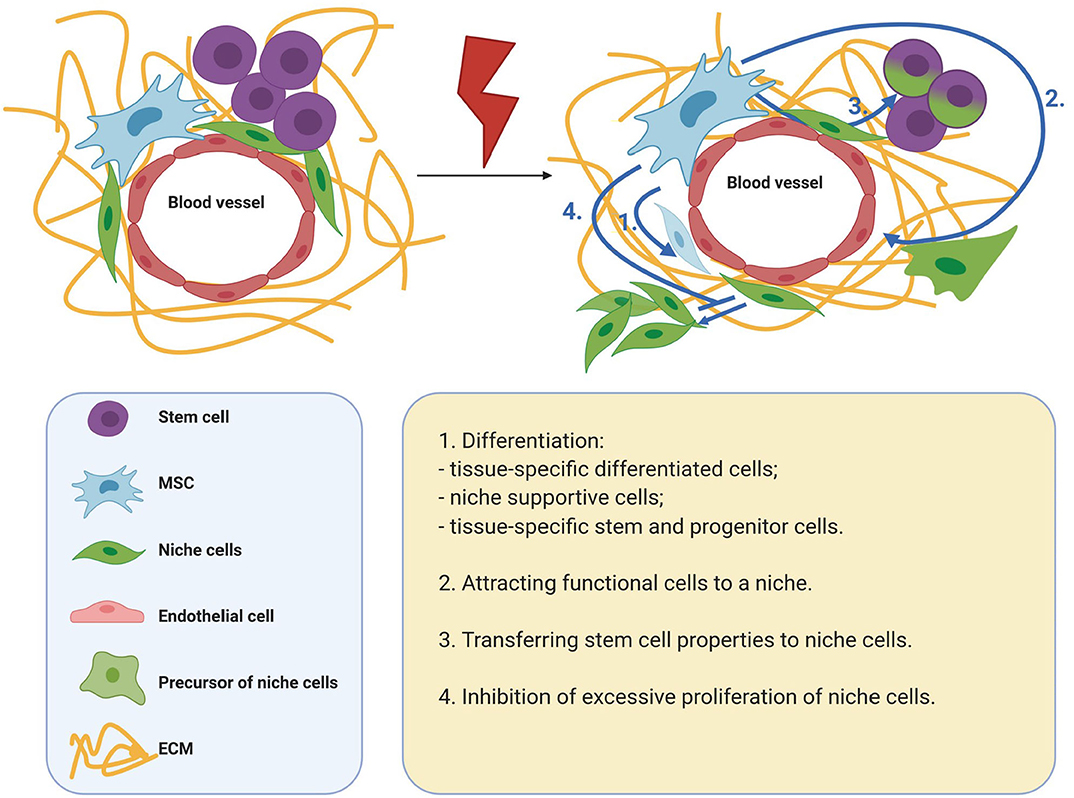
Frontiers Mesenchymal Stromal Cells As Critical Contributors To Tissue Regeneration Cell And Developmental Biology
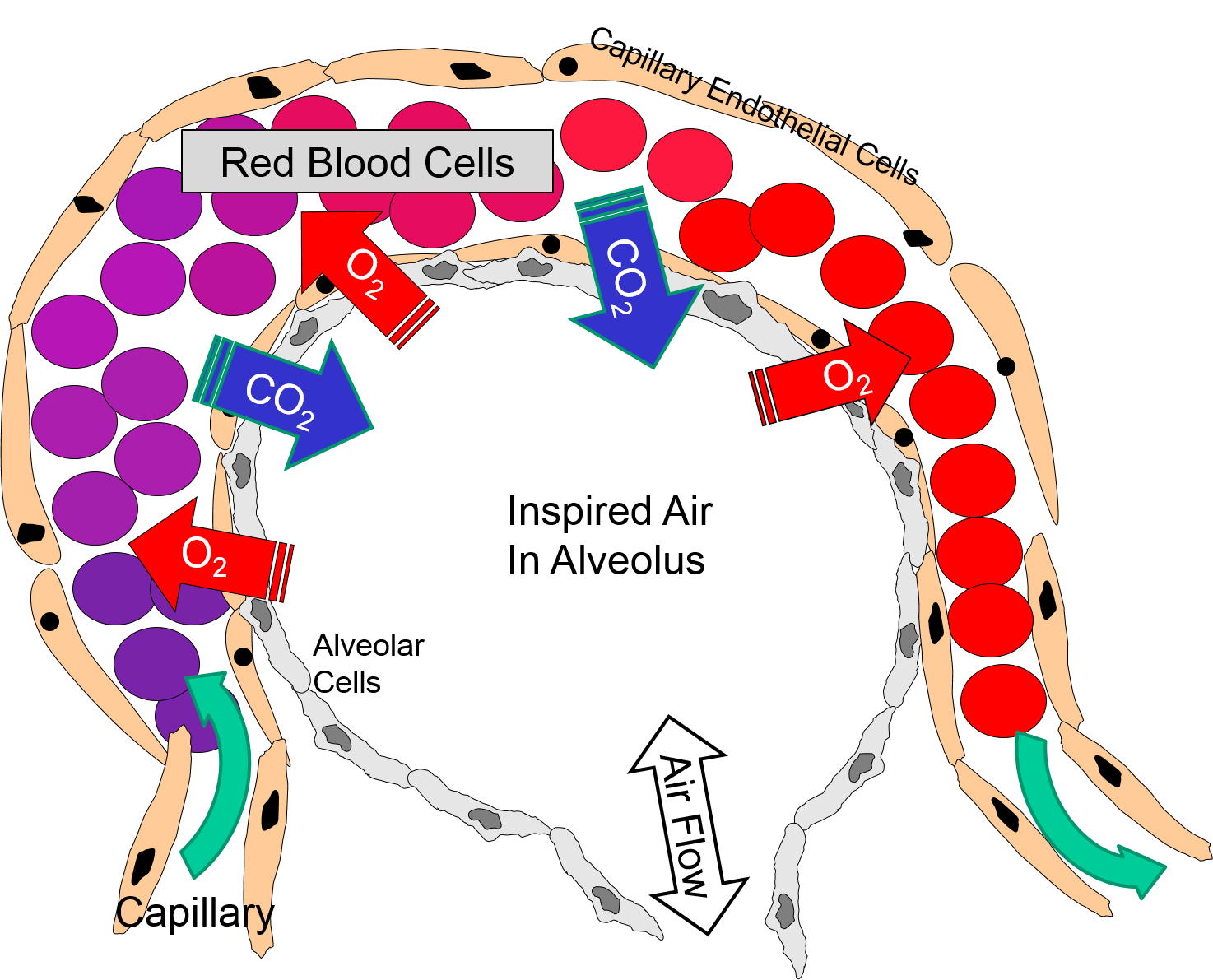
Supplying Oxygen And Expelling Carbon Dioxide
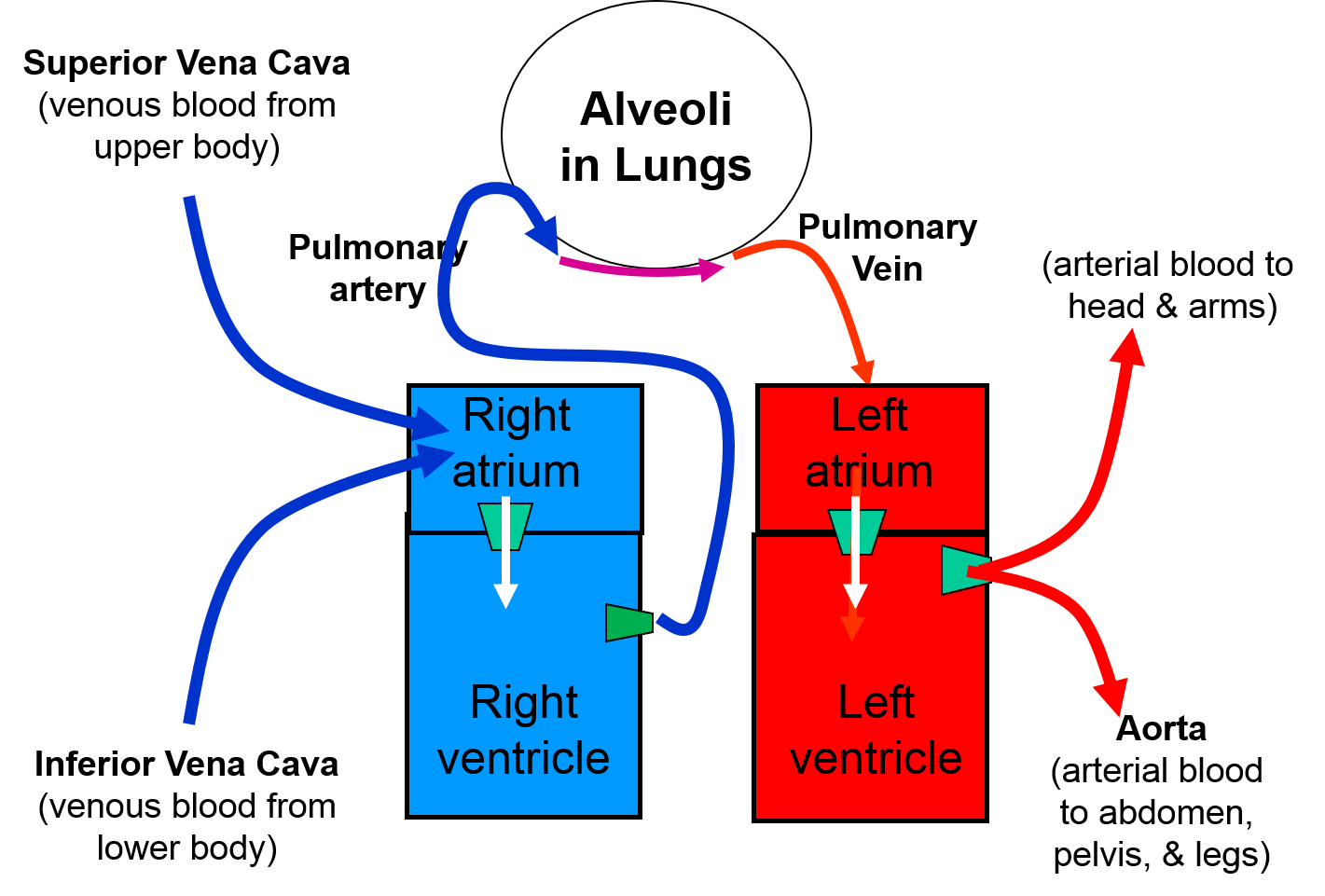
Supplying Oxygen And Expelling Carbon Dioxide
How Does Oxygen Move Into A Cell From The Blood Quora

Gas Exchange Boundless Anatomy And Physiology

Gas Exchange Anatomy And Physiology Ii
How Does Oxygen Move Into A Cell From The Blood Quora

Gas Exchange In The Lungs Blood And Tissues Osmosis

A P Lecture Section 3 Flashcards Quizlet
Animal Gas Exchange And Transport Organismal Biology

5 Tissue Cells Are Submerged In The Interstitial Fluid A Red Blood Download Scientific Diagram

Oxygen Movement From Alveoli To Capillaries Video Khan Academy

The Physiology Of Oxygen Transport By The Cardiovascular System Evolution Of Knowledge Journal Of Cardiothoracic And Vascular Anesthesia

Cells Free Full Text Into The Tissues Extracellular Matrix And Its Artificial Substitutes Cell Signalling Mechanisms Html

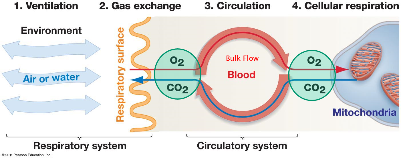
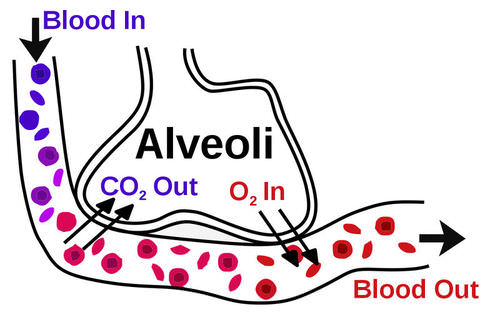
Comments
Post a Comment